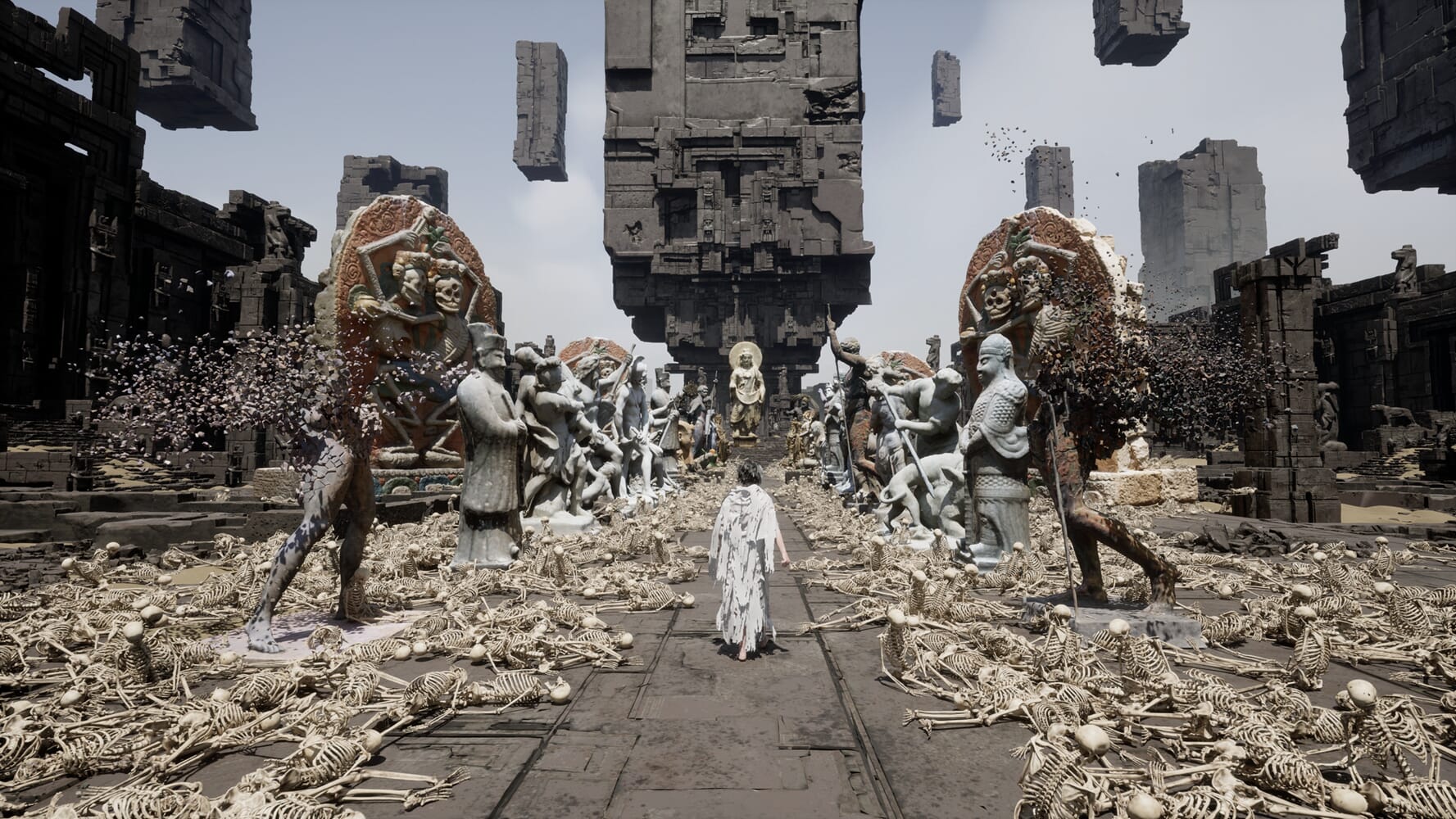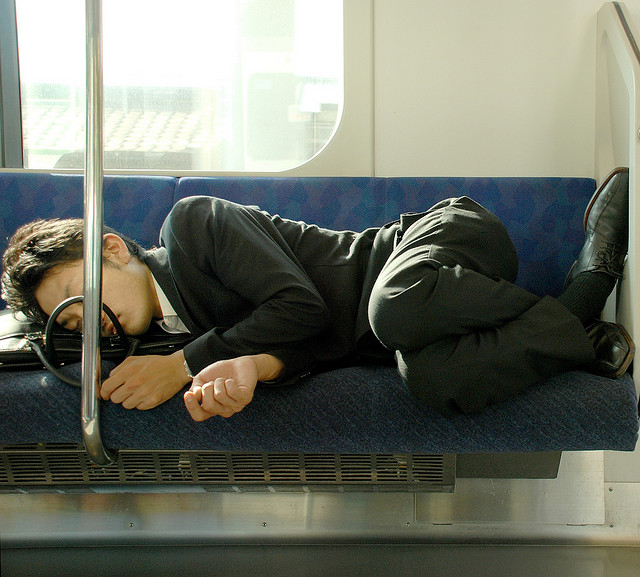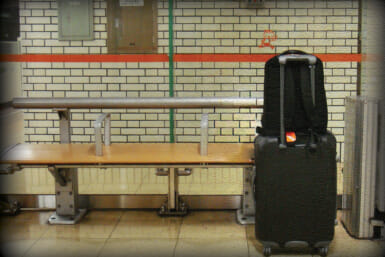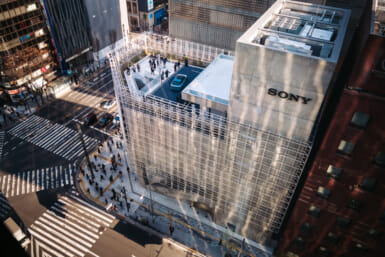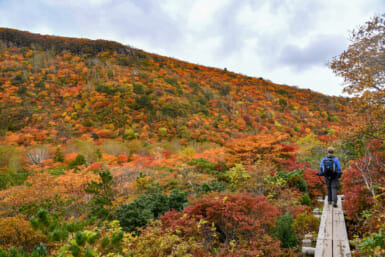Tokyo Odaiba Triennale is due to be held in the capital’s iconic waterfront district next year from October 18 to December 25. The theme of the international art festival is “Peaceful sleep disturbed by Jokisen — Wildness, Chaos and a New World,” derived from a kyoka (comic poem) from the 1850s.
Headed by an executive organizing committee and the Tokyo Metropolitan Government, the festival hopes to bring together art lovers and creative visionaries from around the world in what is set to be a particularly exciting year for Tokyo: the city will also host the World Athletics Championships and the Deaflympics in 2025.
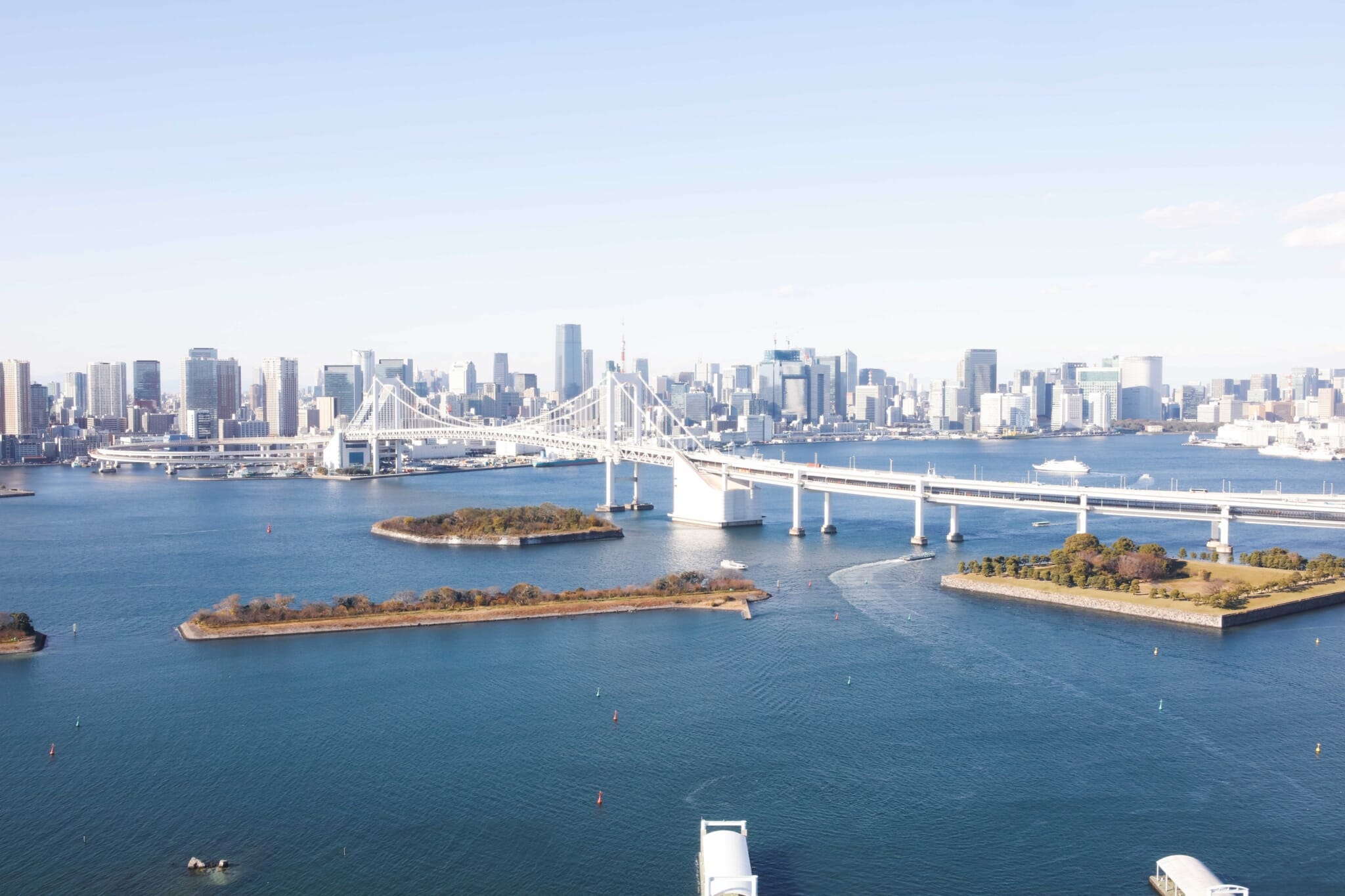
Thematic Ties to Odaiba’s History
The decision to host the art festival in Odaiba stems from much more than a mere identification of the area’s spaciousness and abundance of greenery. Odaiba appeals to the Triennale’s art directors because of its rich and symbolic history dating back to the Edo period.
Peaceful Sleep Disturbed by Jokisen
In 1853, after 250 years of isolation, Japan prepared for an invasion from the West, with Odaiba as its strategic defense point — “Daiba” translates to a battery for launching cannons. Yet, when Commodore Matthew Perry arrived with four black ships on behalf of the US government, Japan opened its doors to foreign trade without ever firing cannons.
The famous kyoka that inspired the Triennale’s theme characterized this pivotal incident with wit: “Peaceful sleep was disturbed by Jokisen; Just four cups brought sleepless nights.” Jokisen means steamships, but was also the name of a popular tea brand at the time. The poem’s humor demonstrates the Japanese people’s resilience during sudden upheaval.
A New World
Today, Odaiba is an artificial island with systematically designed architecture. The art directors were struck by the juxtaposition between this burgeoning modern cityscape, representing Japan’s technological innovation, and the rugged ruins of its past. The Triennale hopes to channel the site’s latent vitality and the evocative capacity of art to spark dialogue and shape a better future.
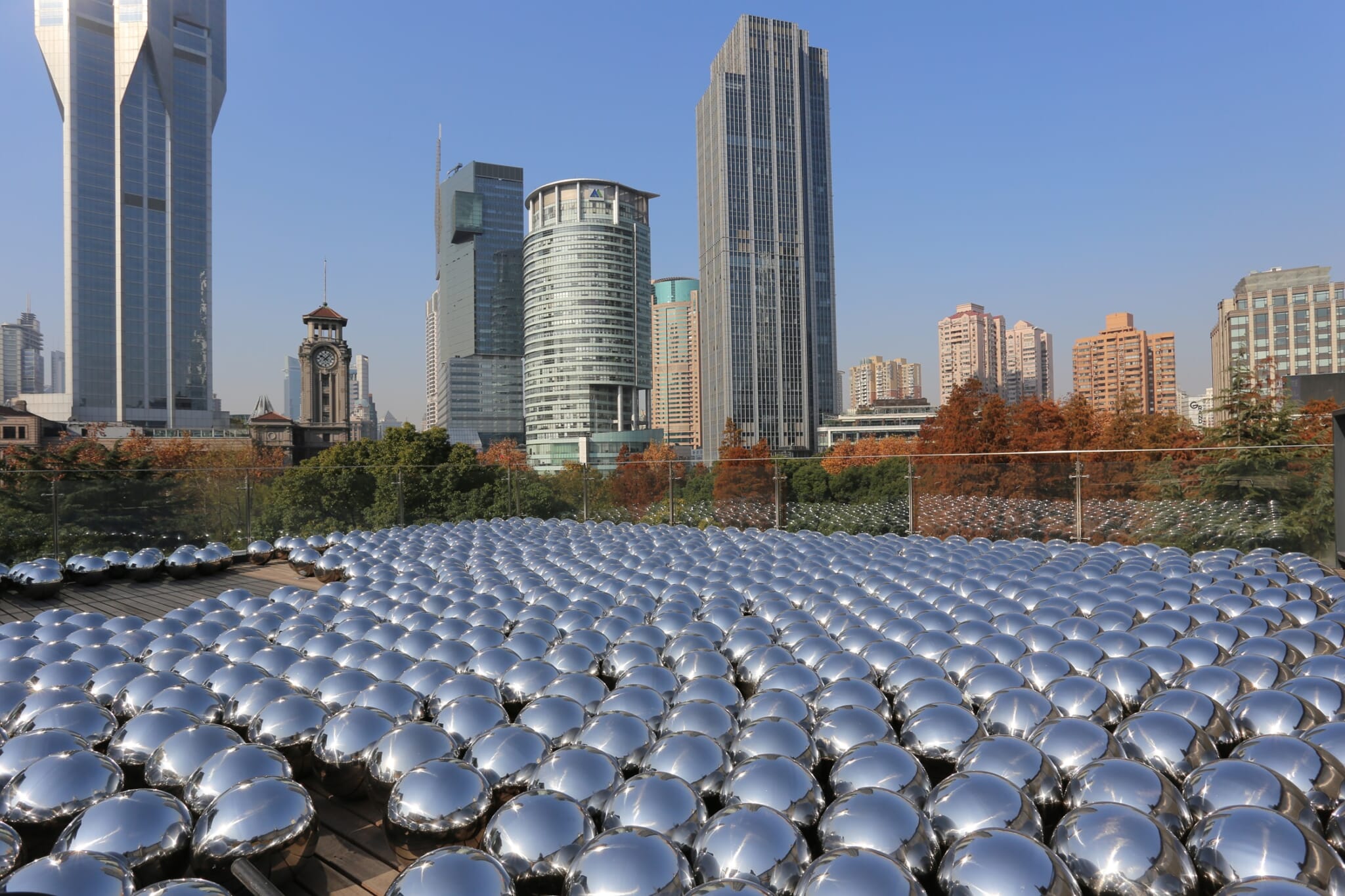
narcissus garden (1966-2018), yayoi kusama
First Announcement of Participating Artists
According to reports, around 40 artists will be exhibiting their work during the event. The committee endeavors to select artists who represent a variety of regions, generations and artistic philosophies.
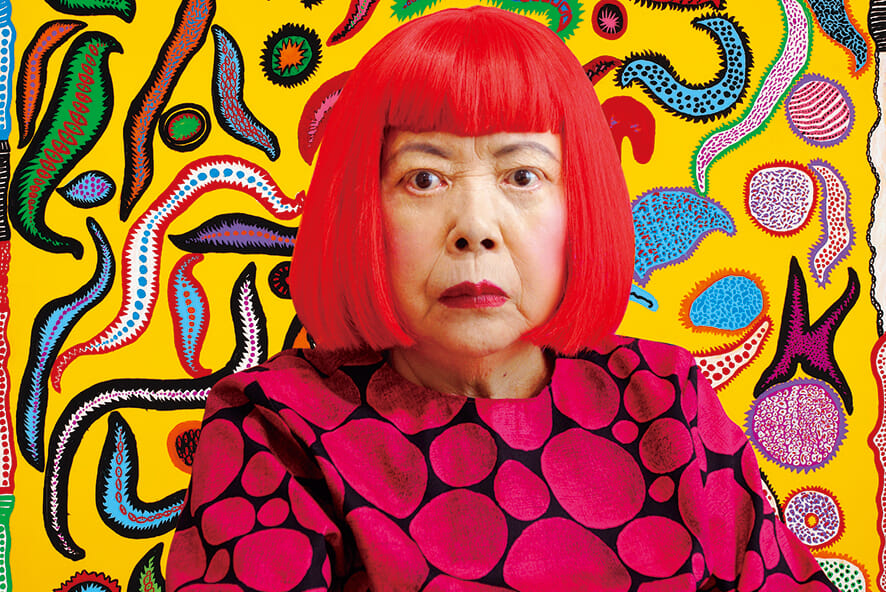
courtesy of © yayoi kusama
Yayoi Kusama
One of Japan’s most celebrated visionaries, Yayoi Kusama is an avant-garde artist working across various kinds of media, including sculpture, installation, painting, performance and fashion.
Experiencing visual and auditory hallucinations from a young age, Kusama started to create net and polka-dot pattern art, which became a crucial component of her oeuvre. Her philosophy of self-obliteration via obsessive repetition and multiplication of single motifs has transcended borders and temporalities, resonating with a global audience.
In 2016, she received Japan’s Order of Culture. Kusama’s large-scale retrospective exhibitions, signature pumpkin sculptures and enchanting infinity mirror rooms continue to be treasured around the world.
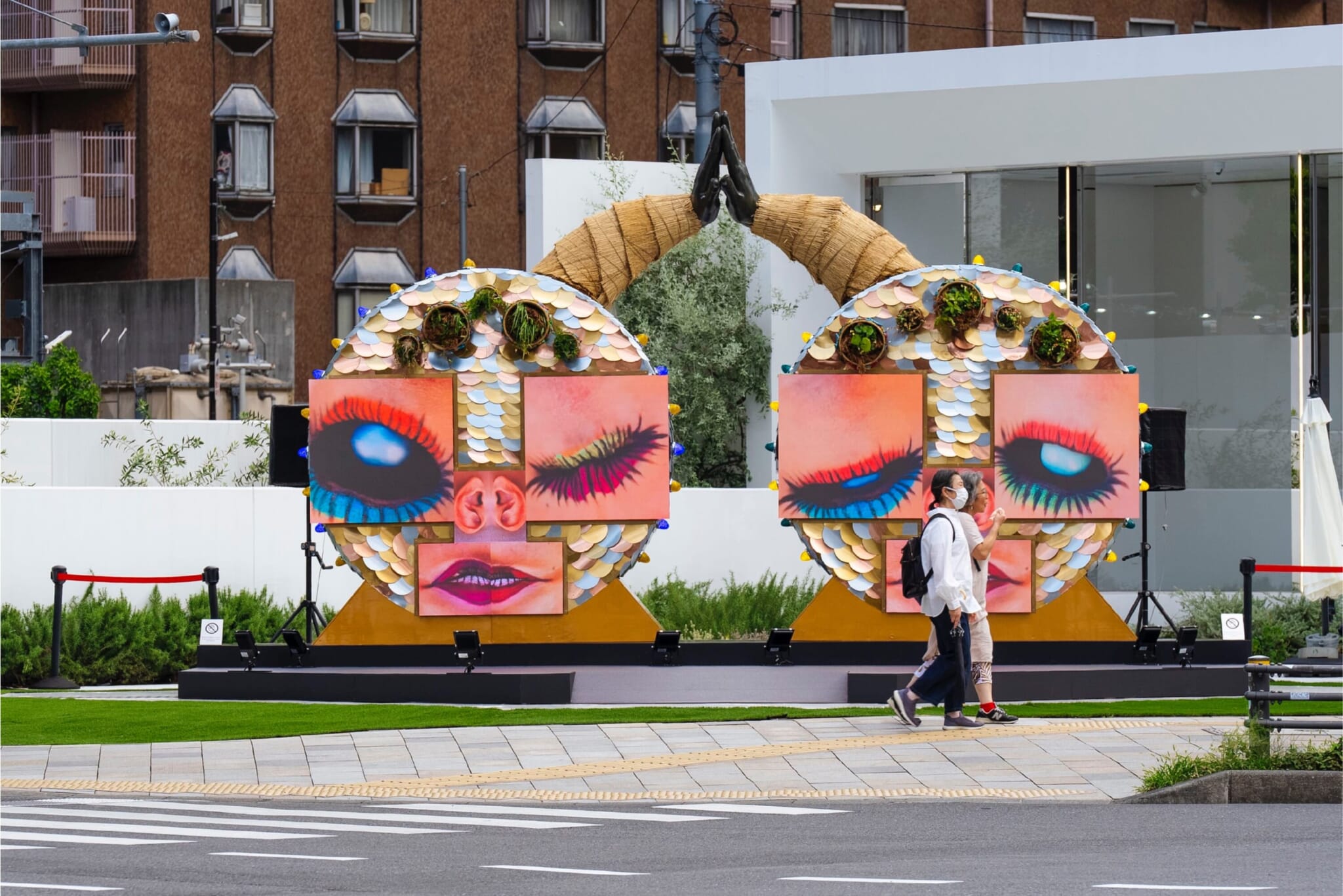
lovers (2024), yuriko sasaoka
Yuriko Sasaoka
Born in Osaka and based in Kansai and Hong Kong, Yuriko Sasaoka is an innovative artist exploring the intersection between painting and video. Her tactile approach to crafting uncanniness is not unlike the brushstrokes found in traditional paintings.
Through elaborate compositions and narratives, Sasaoka’s pieces prompt the viewer’s simultaneous recognition and estrangement.
After participating in an artist-in-residence program in the Republic of North Macedonia in 2017, Sasaoka developed an enduring interest in the daily lives, history and culture of Central and Eastern European citizens.
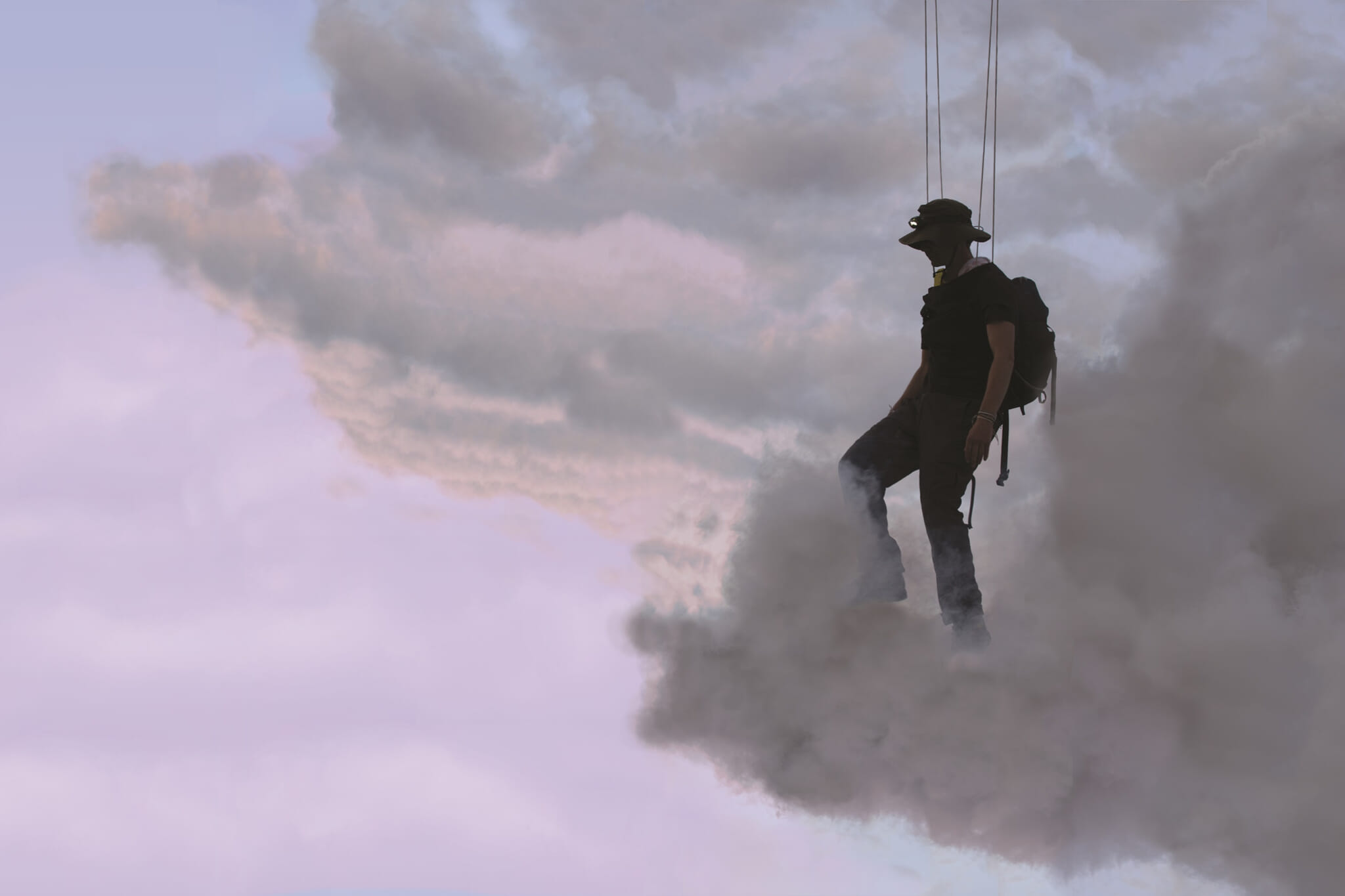
walk on clouds (2019), abraham poincheval
Abraham Poincheval
Abraham Poincheval, who is based in the French city of Marseille, specializes in inhabitable sculptures. As an insatiable explorer, he creates works that require total physical commitment. Examples include crossing the Alps while pushing a capsule he used as his shelter and enclosing himself in a rock for a week.
His work explores time and immobility through firsthand experiences, and prompts viewers’ attention and reflection by punctuating natural landscapes.
One work to highlight is La Bouteille, a giant bottle inhabited by Poncheval on the Canal Saint-Denis for 10 days during the Paris 2024 Olympics. It has been presented at the Fondation Louis Vuitton (2024), Bangkok Art Biennale (2024), Lyon Biennale (2019) and Palais de Tokyo (2017).
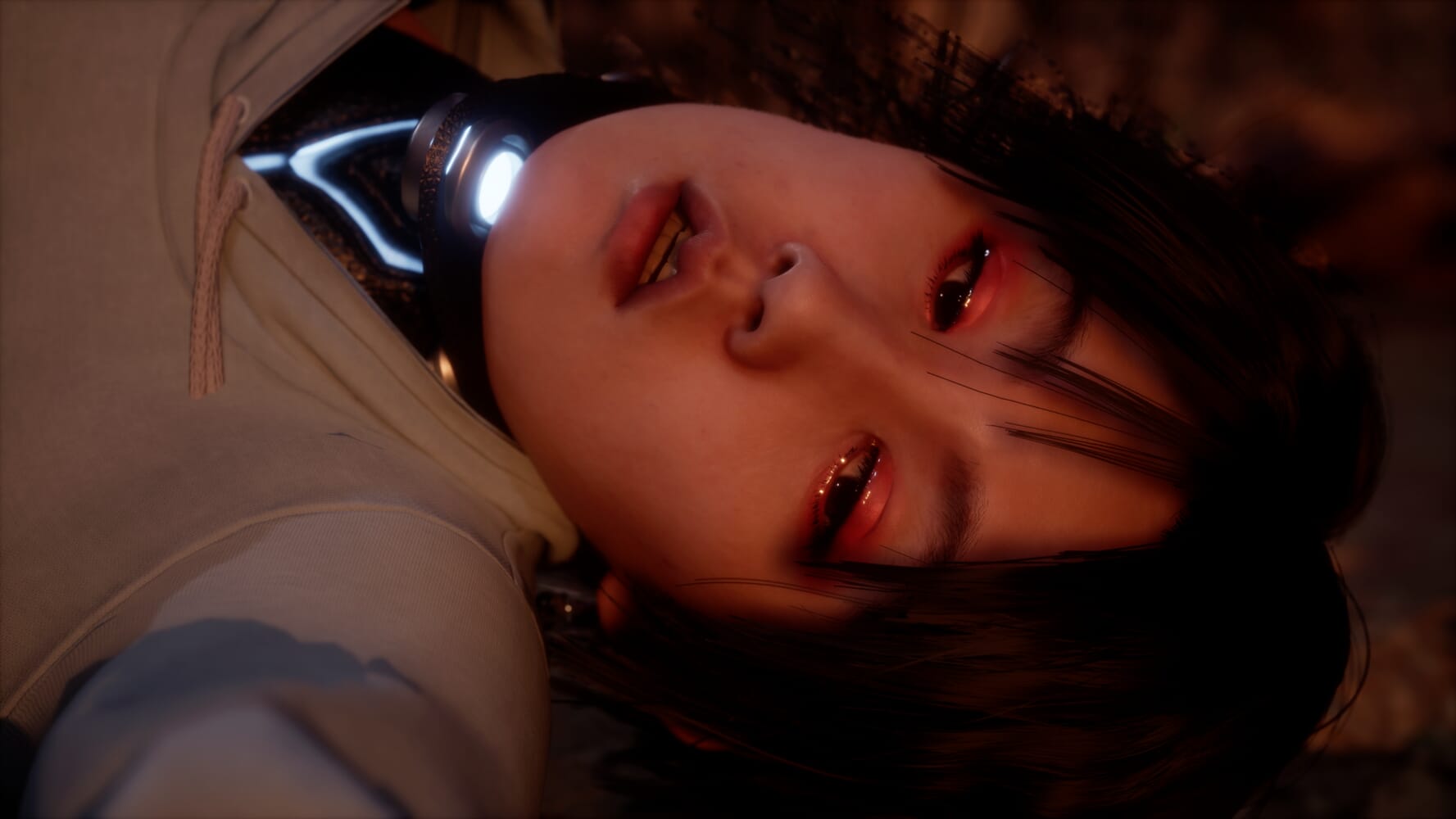
doku the flow (2024), lu yang
Lu Yang
Based in Tokyo and Shanghai, Lu Yang is a multimedia artist deeply influenced by Buddhist philosophy. His work explores themes of identity, life, technology and spirituality across various disciplines, and often utilizes computer graphics (CG) technology and game engines.
He has collaborated with experts in the fields of science, psychology, design and music. A highlight from his portfolio is the Dokusho Dokushi (“We are born alone, and we die alone”) series, which uses Yang’s digital persona to address contemporary human issues and spread Buddhist wisdom.
Yang has had solo exhibitions at the Fondation Louis Vuitton (2024), the Mudec in Milan (2023), and Kunsthalle Basel (2023), to name a few. He also participated in the Venice Biennale in 2015 and 2022.
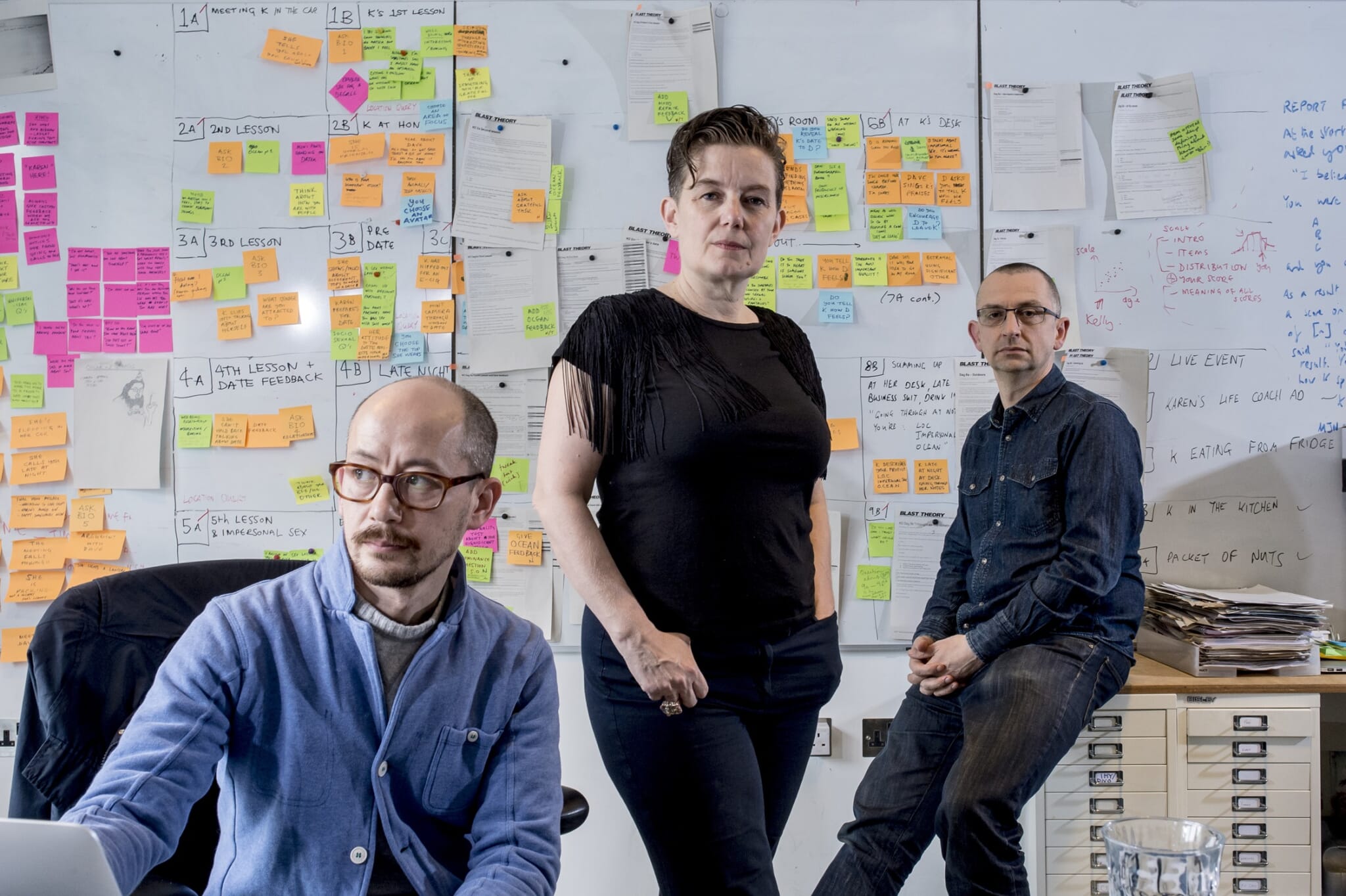
courtesy of Andrew Testa for the New York Times
Blast Theory
Founded in Brighton, United Kingdom in 1991, Blast Theory is a group that explores social and political questions through performances, games, films, apps and installations. Led by Matt Adams and Nick Tandavanitj, the group draws on popular culture and new technologies to craft interactive experiences.
Blast Theory has exhibited their work at the ICC in Tokyo (2005), Hebbel am Ufer in Berlin (2006), the Barbican (2007), Venice Biennale (2009), Tate Britain (2010) and at the Tribeca Film Festival (2015).
The group has been nominated for four BAFTAs, and has won the Nam June Paik Art Center Award as well as the Golden Nica at Prix Ars Electronica.
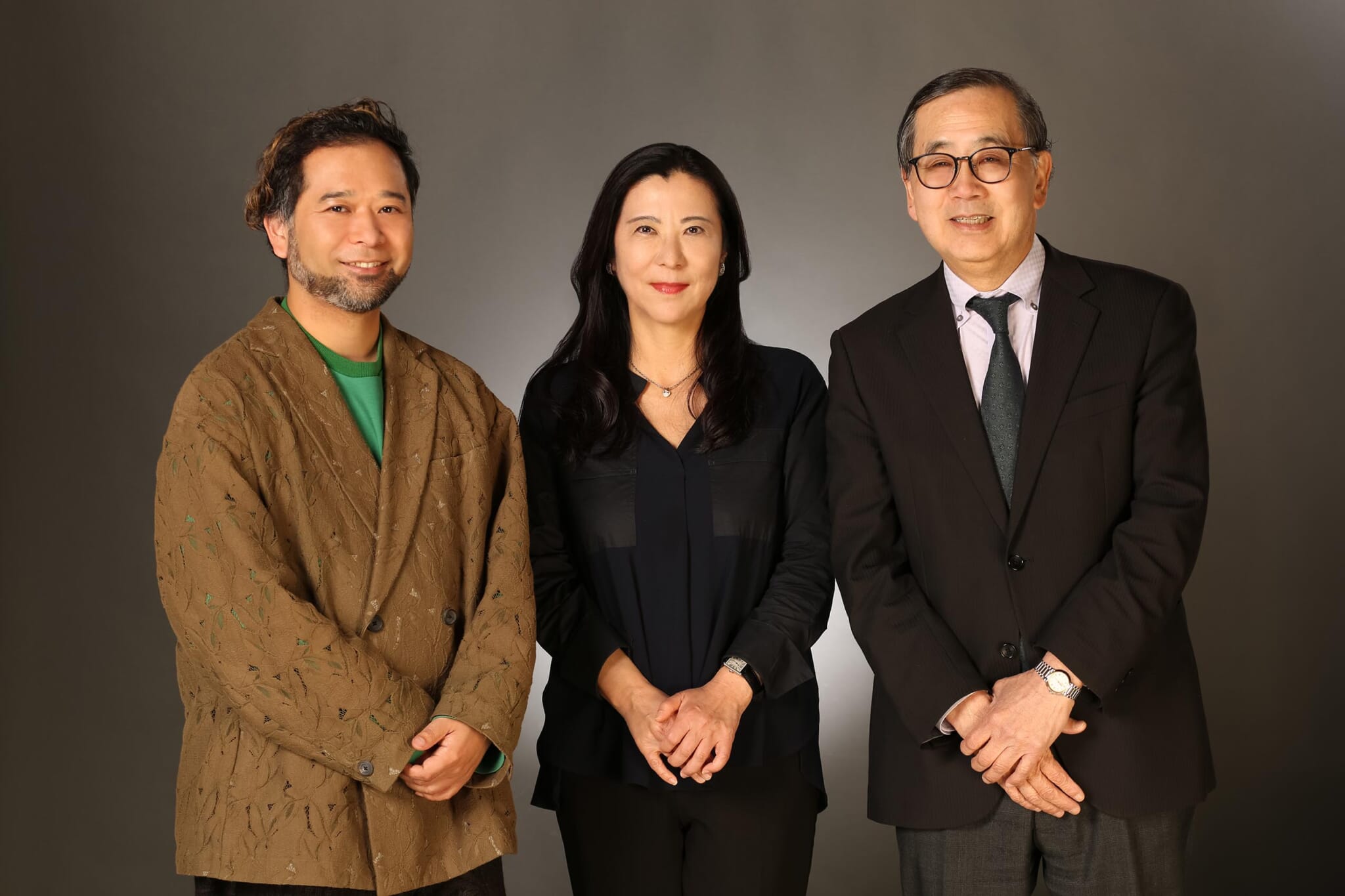
from left to right: Junya Yamamine, Akiko Miki and Akira Tatehata
Odaiba Triennale Artistic Directors
Akira Tatehata
Akira Tatehata has held many prominent positions in the art world and served as the artistic director for several international art shows, such as the Yokohama Triennale 2001, the Aichi Triennale 2010, and the “Culture City of East Asia 2017 Kyoto: Asia Corridor” exhibition. He is the Director of the Yayoi Kusama Museum and the Museum of Modern Art, Saitama, as well as a former President and Professor Emeritus of Kyoto City University of Arts and Tama Art University.
Furthermore, Tatehata was the commissioner of the Japan Pavilion at the Venice Biennale in 1990 and 1993. He was named an Honorary Member of the Order of Australia and won the Agency for Cultural Affairs 50th Anniversary Award, as well as the Kyoto City Person of Cultural Merit prize. He has also received various awards for his poetry.
Akiko Miki
Akiko Miki is the International Art Director for the Benesse Art Site Naoshima, and a founding member of the Palais de Tokyo in Paris. She served as senior and chief curator at the institution from 2000 to 2014. She has also directed and curated many international shows of contemporary art, including the 1998 Taipei Biennial, the Yokohama Triennale 2011 (artistic director) and 2017 (co-director) and the Bangkok Art Biennale 2024.
Miki has also been a guest curator for large-scale shows of leading Japanese artists such as Hiroshi Sugimoto and Takashi Murakami at major museums around the world. She is the co-author and co-editor of several books, including Insular Insight (Lars Müller, 2011), which received the DAM Architectural Book Award. Miki also gives lectures at Hirosaki University.
Junya Yamamine
After serving as a curator at the Tokyo Metropolitan Museum of Photography, 21st Century Museum of Contemporary Art, Kanazawa, and Contemporary Art Center, Art Tower Mito, Junya Yamamine established and directed ANB Tokyo, an art complex in Roppong featuring gallery and studio spaces.
He then founded NYAW Inc., which provides planning and consulting services for culture and art-related projects. This year, he began evaluating the impact of social common capital. He is an advisor to the National Center for Art Research, and a Visiting Professor at the Tokyo University of Arts.
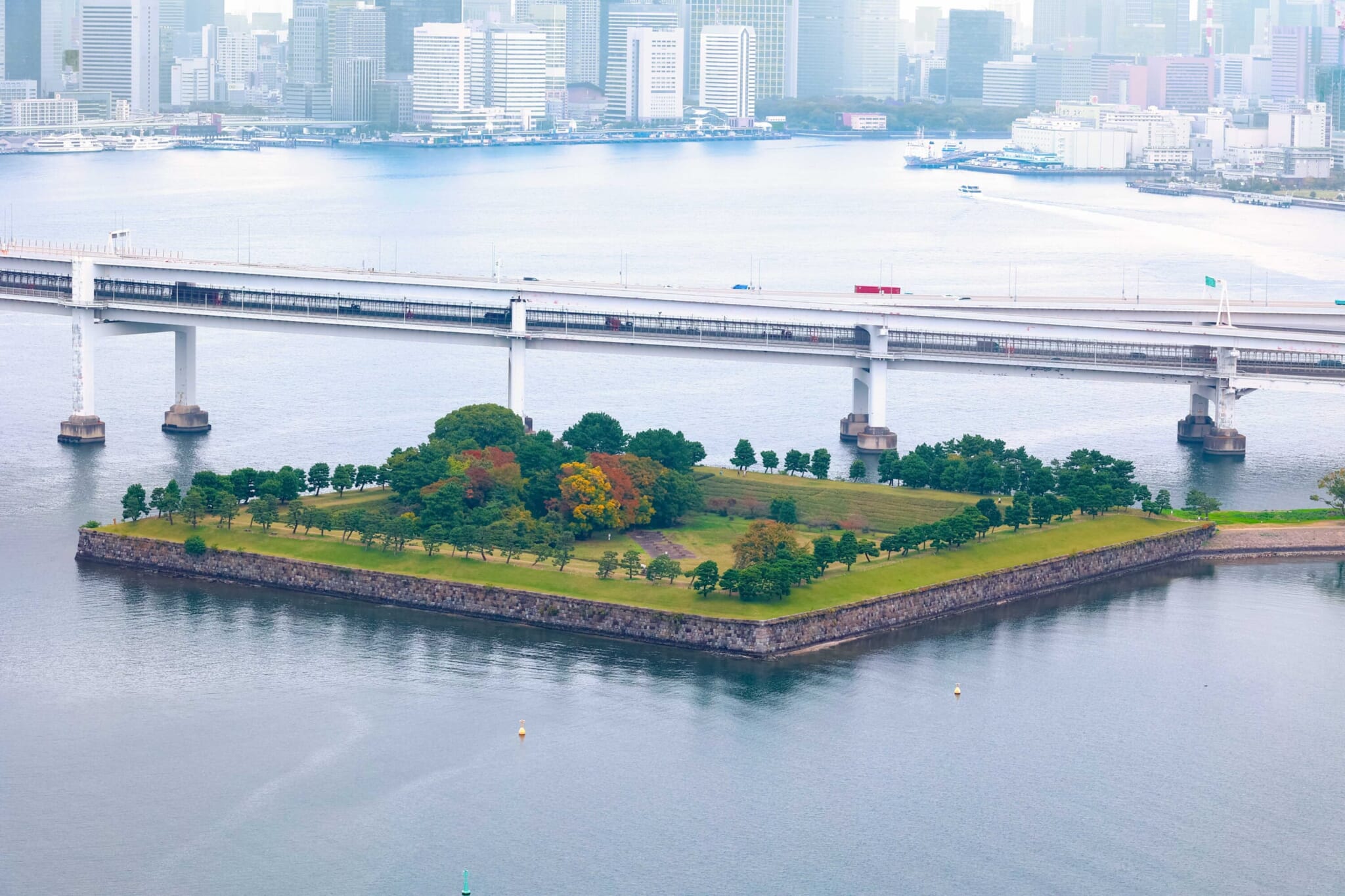
Daiba Park
Exhibition Locations for Odaiba Triennale
There are four key locations that have been designated so far as sites for installations and exhibitions: Daiba Park, Fuji Television headquarters, Fuji Television Wangan Studio and Miraikan: The National Museum of Emerging Science and Innovation.

